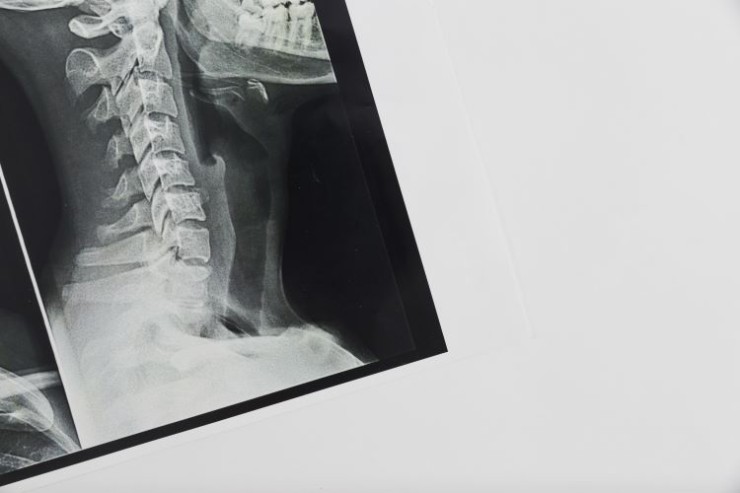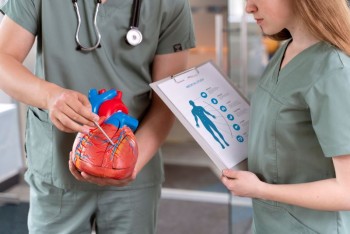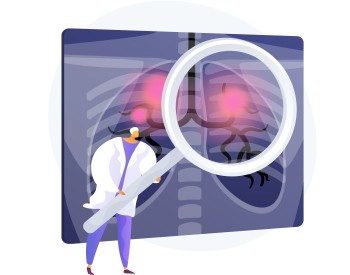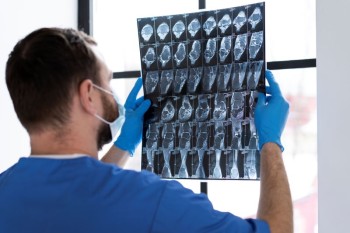
One such diagnostic tool that plays a crucial role in understanding the craniovertebral (CV) junction is the CT scan.
CT CV Junction Scan in India with Cost
CT Scan CV Junction in
Detail
Introduction
The human body is a marvel of complexity, and medical technology allows us to delve into its intricacies like never before. One such diagnostic tool that plays a crucial role in understanding the craniovertebral (CV) junction is the CT scan. In this article, we will explore the details of CT Scan CV Junction, its significance, and the insights it provides into our anatomy.
Understanding the CV
Junction
Before we dive into the specifics of CT scans, let's grasp the concept of the CV junction. This is the region where the skull and spine meet, and it encompasses vital structures like the brainstem and upper spinal cord. Given its critical role in connecting two major components of our nervous system, any issues in this junction can have significant consequences.
Importance of CT Scan in CV Junction Imaging
A CT scan of the CV junction becomes essential when there are concerns about abnormalities, injuries, or degenerative conditions in this crucial region. Unlike conventional X-rays, CT scans offer detailed cross-sectional images, providing a comprehensive view of the bones, nerves, and soft tissues around the CV junction.
Preparation for CT Scan CV Junction
Before undergoing a CT scan for the CV junction, patients need to follow specific preparations. This may include fasting, removing metal objects, and informing the healthcare provider about any pre-existing conditions or medications.
Procedure of CT Scan for CV Junction
The actual process of the CT scan is relatively quick and painless. Patients lie on a table that slides into the CT scanner, and the machine captures detailed images from various angles. It's crucial to remain still during the procedure to ensure accurate results.
Benefits and Risks
CT scans of the CV junction provide high-resolution images, aiding healthcare professionals in accurate diagnosis and treatment planning. However, it's essential to acknowledge the potential risks, including exposure to ionizing radiation. The benefits usually outweigh the risks, but healthcare providers carefully consider these factors before recommending a CT scan.
Interpreting CT Scan Results
Understanding the results of a CT scan requires expertise. Radiologists analyze the images to identify any abnormalities, fractures, or structural issues in the CV junction. The obtained information guides further diagnostic or therapeutic interventions.
Conditions Diagnosed Through CT Scan CV Junction
CT scans are instrumental in diagnosing various conditions related to the CV junction, such as fractures, dislocations, tumors, and degenerative disorders. The detailed images allow for precise identification and characterization of these issues.
Alternatives to CT Scan CV Junction
While CT scans are powerful diagnostic tools, alternative imaging methods like MRI or X-rays may be considered based on the specific clinical scenario. Each method has its strengths and limitations, and the choice depends on the information needed for an accurate diagnosis.
Conclusion
In conclusion, CT scans of the CV junction offer invaluable insights into the intricate structures of the head and spine. The detailed imaging provided by CT scans aids in the diagnosis and treatment planning of various conditions related to the CV junction, ensuring effective healthcare interventions.
Frequently Asked Questions About CT Scan CV Junction
1. What is the CV Junction?
The CV junction is the point where the skull and spine meet, housing critical structures like the brainstem and upper spinal cord.
2. How long does a CT Scan for CV Junction take?
The duration of a CT scan for the CV junction is relatively short, typically taking around 15 to 30 minutes.
3. Are there any side effects of the CT Scan?
While generally safe, CT scans involve exposure to ionizing radiation, and potential side effects are rare. However, individuals with certain conditions should consult their healthcare provider.
4. Can anyone undergo a CT Scan for CV Junction?
Most individuals can undergo a CT scan for the CV junction, but pregnant women and those with certain medical conditions may need alternative imaging methods.
5. How accurate is the CT Scan in diagnosing CV Junction issues?
CT scans provide highly accurate and detailed images, making them effective in diagnosing a range of CV junction issues with precision.
6. What symptoms indicate the need for a CT scan of the CV junction?
If you experience persistent headaches, neck pain, numbness, or issues with coordination, a healthcare provider may recommend a CT scan of the CV junction to investigate potential underlying causes.
7. Is sedation required for a CT scan of the CV junction?
Generally, sedation is not necessary for a CT scan of the CV junction. However, if a patient is anxious or unable to remain still, healthcare providers may consider mild sedation to ensure a successful and accurate scan.
8. Are there age restrictions for undergoing a CT scan of the CV junction?
CT scans are generally safe for individuals of all ages. However, pediatric or elderly patients may require special considerations, and healthcare providers will assess the necessity based on individual health conditions.
9. How frequently can one undergo a CT scan of the CV junction?
The frequency of CT scans depends on the medical necessity. In most cases, healthcare providers limit exposure to ionizing radiation, so the decision for a repeat CT scan is based on the patient's specific health condition and needs.
10. Can CT scans of the CV junction detect vascular issues?
Yes, CT scans can identify vascular abnormalities in the CV junction, such as aneurysms or blood vessel malformations. The detailed images help healthcare professionals assess the vascular structures around the CV junction.
(0)
Login to continue



